当前位置:网站首页>一文掌握数仓中auto analyze的使用
一文掌握数仓中auto analyze的使用
2022-07-04 20:36:00 【华为云开发者联盟】
摘要:analyze执行的是否及时,在一定程度上直接决定了SQL执行的快慢。
本文分享自华为云社区《一文读懂autoanalyze使用【这次高斯不是数学家】》,作者: leapdb。
analyze执行的是否及时,在一定程度上直接决定了SQL执行的快慢。因此,GaussDB(DWS)引入了自动统计信息收集,可以做到让用户不再担心统计信息是否过期。
1. 自动收集场景
需要进行自动统计信息收集的场景通常有五个:批量DML结束时,增量DML结束时,DDL结束时,查询开始时和后台定时任务。
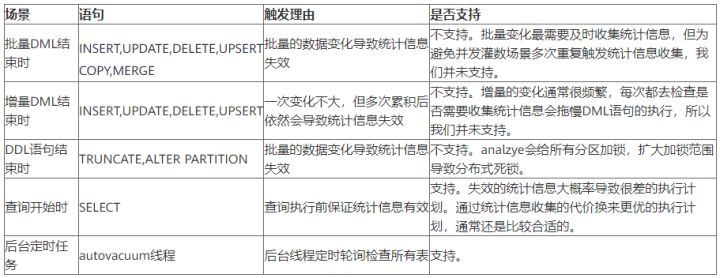
所以,为了避免对DML,DDL带来不必要的性能开销和死锁风险,我们选择了在查询开始前触发analzye。
2. 自动收集原理
GaussDB(DWS)在SQL执行过程中,会记录表增删改查相关的运行时统计信息,并在事务提交或回滚后记录到共享的内存种。
这些信息可以通过 “pg_stat_all_tables视图” 查询,也可以通过下面函数进行查询。
pg_stat_get_tuples_inserted --表累积insert条数pg_stat_get_tuples_updated --表累积update条数pg_stat_get_tuples_deleted --表累积delete条数pg_stat_get_tuples_changed --表自上次analyze以来,修改的条数pg_stat_get_last_analyze_time --查询最近一次analyze时间因此,根据共享内存中 "表自上次analyze以来修改过的条数" 是否超过一定阈值,就可以判定是否需要做analyze了。
3. 自动收集阈值
3.1 全局阈值
autovacuum_analyze_threshold #表触发analyze的最小修改量autovacuum_analyze_scale_factor #表触发analyze时的修改百分比当"表自上次analyze以来修改的条数" >= autovacuum_analyze_threshold + 表估算大小 * autovacuum_analyze_scale_factor时,需要自动触发analyze。
3.2 表级阈值
--设置表级阈值ALTER TABLE item SET (autovacuum_analyze_threshold=50);ALTER TABLE item SET (autovacuum_analyze_scale_factor=0.1);--查询阈值postgres=# select pg_options_to_table(reloptions) from pg_class where relname='item'; pg_options_to_table --------------------------------------- (autovacuum_analyze_threshold,50) (autovacuum_analyze_scale_factor,0.1)(2 rows)--重置阈值ALTER TABLE item RESET (autovacuum_analyze_threshold);ALTER TABLE item RESET (autovacuum_analyze_scale_factor);不同表的数据特征不一样,需要触发analyze的阈值可能有不同的需求。表级阈值优先级高于全局阈值。
3.3 查看表的修改量是否超过了阈值(仅当前CN)
postgres=# select pg_stat_get_local_analyze_status('t_analyze'::regclass); pg_stat_get_local_analyze_status ---------------------------------- Analyze not needed(1 row)4. 自动收集方式
GaussDB(DWS)提供了三种场景下表的自动分析。
- 当查询中存在“统计信息完全缺失”或“修改量达到analyze阈值”的表,且执行计划不采取FQS (Fast Query Shipping)执行时,则通过autoanalyze控制此场景下表统计信息的自动收集。此时,查询语句会等待统计信息收集成功后,生成更优的执行计划,再执行原查询语句。
- 当autovacuum设置为on时,系统会定时启动autovacuum线程,对“修改量达到analyze阈值”的表在后台自动进行统计信息收集。

5.冻结统计信息
5.1 冻结表的distinct值
当一个表的distinct总是估算不准,例如:数据扎堆儿重复场景。如果表的distinct值固定,可以通过以下方式冻结表的distinct值。
postgres=# alter table lineitem alter l_orderkey set (n_distinct=0.9);ALTER TABLEpostgres=# select relname,attname,attoptions from pg_attribute a,pg_class c where c.oid=a.attrelid and attname='l_orderkey'; relname | attname | attoptions ----------+------------+------------------ lineitem | l_orderkey | {n_distinct=0.9}(1 row)postgres=# alter table lineitem alter l_orderkey reset (n_distinct);ALTER TABLEpostgres=# select relname,attname,attoptions from pg_attribute a,pg_class c where c.oid=a.attrelid and attname='l_orderkey'; relname | attname | attoptions ----------+------------+------------ lineitem | l_orderkey | (1 row)5.2. 冻结表的全部统计信息
如果表的数据特征基本不变,还可以冻结表的统计信息,来避免重复进行analyze。
alter table table_name set frozen_stats=true;6. 手动查看表是否需要做analyze
a. 不想在业务高峰期时触发数据库后台任务,所以不愿意打开autovacuum来触发analyze,怎么办?
b. 业务修改了一批表,想立即对这些表马上做一次analyze,又不知道都有哪些表,怎么办?
c. 业务高峰来临前想对临近阈值的表都做一次analyze,怎么办?
我们将autovacuum检查阈值判断是否需要analyze逻辑,抽取成了函数,帮助用户灵活主动的检查哪些表需要做analyze。
6.1 判断表是否需要analyze(串行版,适用于所有历史版本)
-- the function for get all pg_stat_activity information in all CN of current cluster.CREATE OR REPLACE FUNCTION pg_catalog.pgxc_stat_table_need_analyze(in table_name text)RETURNS BOOlAS $$DECLARE row_data record; coor_name record; fet_active text; fetch_coor text; relTuples int4; changedTuples int4:= 0; rel_anl_threshold int4; rel_anl_scale_factor float4; sys_anl_threshold int4; sys_anl_scale_factor float4; anl_threshold int4; anl_scale_factor float4; need_analyze bool := false; BEGIN --Get all the node names fetch_coor := 'SELECT node_name FROM pgxc_node WHERE node_type=''C'''; FOR coor_name IN EXECUTE(fetch_coor) LOOP fet_active := 'EXECUTE DIRECT ON (' || coor_name.node_name || ') ''SELECT pg_stat_get_tuples_changed(oid) from pg_class where relname = ''''|| table_name ||'''';'''; FOR row_data IN EXECUTE(fet_active) LOOP changedTuples = changedTuples + row_data.pg_stat_get_tuples_changed; END LOOP; END LOOP; EXECUTE 'select pg_stat_get_live_tuples(oid) from pg_class c where c.oid = '''|| table_name ||'''::REGCLASS;' into relTuples; EXECUTE 'show autovacuum_analyze_threshold;' into sys_anl_threshold; EXECUTE 'show autovacuum_analyze_scale_factor;' into sys_anl_scale_factor; EXECUTE 'select (select option_value from pg_options_to_table(c.reloptions) where option_name = ''autovacuum_analyze_threshold'') as value from pg_class c where c.oid = '''|| table_name ||'''::REGCLASS;' into rel_anl_threshold; EXECUTE 'select (select option_value from pg_options_to_table(c.reloptions) where option_name = ''autovacuum_analyze_scale_factor'') as value from pg_class c where c.oid = '''|| table_name ||'''::REGCLASS;' into rel_anl_scale_factor; --dbms_output.put_line('relTuples='||relTuples||'; sys_anl_threshold='||sys_anl_threshold||'; sys_anl_scale_factor='||sys_anl_scale_factor||'; rel_anl_threshold='||rel_anl_threshold||'; rel_anl_scale_factor='||rel_anl_scale_factor||';'); if rel_anl_threshold IS NOT NULL then anl_threshold = rel_anl_threshold; else anl_threshold = sys_anl_threshold; end if; if rel_anl_scale_factor IS NOT NULL then anl_scale_factor = rel_anl_scale_factor; else anl_scale_factor = sys_anl_scale_factor; end if; if changedTuples > anl_threshold + anl_scale_factor * relTuples then need_analyze := true; end if; return need_analyze; END; $$LANGUAGE 'plpgsql';6.2 判断表是否需要analyze(并行版,适用于支持并行执行框架的版本)
-- the function for get all pg_stat_activity information in all CN of current cluster.--SELECT sum(a) FROM pg_catalog.pgxc_parallel_query('cn', 'SELECT 1::int FROM pg_class LIMIT 10') AS (a int); 利用并发执行框架CREATE OR REPLACE FUNCTION pg_catalog.pgxc_stat_table_need_analyze(in table_name text)RETURNS BOOlAS $$DECLARE relTuples int4; changedTuples int4:= 0; rel_anl_threshold int4; rel_anl_scale_factor float4; sys_anl_threshold int4; sys_anl_scale_factor float4; anl_threshold int4; anl_scale_factor float4; need_analyze bool := false; BEGIN --Get all the node names EXECUTE 'SELECT sum(a) FROM pg_catalog.pgxc_parallel_query(''cn'', ''SELECT pg_stat_get_tuples_changed(oid)::int4 from pg_class where relname = ''''|| table_name ||'''';'') AS (a int4);' into changedTuples; EXECUTE 'select pg_stat_get_live_tuples(oid) from pg_class c where c.oid = '''|| table_name ||'''::REGCLASS;' into relTuples; EXECUTE 'show autovacuum_analyze_threshold;' into sys_anl_threshold; EXECUTE 'show autovacuum_analyze_scale_factor;' into sys_anl_scale_factor; EXECUTE 'select (select option_value from pg_options_to_table(c.reloptions) where option_name = ''autovacuum_analyze_threshold'') as value from pg_class c where c.oid = '''|| table_name ||'''::REGCLASS;' into rel_anl_threshold; EXECUTE 'select (select option_value from pg_options_to_table(c.reloptions) where option_name = ''autovacuum_analyze_scale_factor'') as value from pg_class c where c.oid = '''|| table_name ||'''::REGCLASS;' into rel_anl_scale_factor; dbms_output.put_line('relTuples='||relTuples||'; sys_anl_threshold='||sys_anl_threshold||'; sys_anl_scale_factor='||sys_anl_scale_factor||'; rel_anl_threshold='||rel_anl_threshold||'; rel_anl_scale_factor='||rel_anl_scale_factor||';'); if rel_anl_threshold IS NOT NULL then anl_threshold = rel_anl_threshold; else anl_threshold = sys_anl_threshold; end if; if rel_anl_scale_factor IS NOT NULL then anl_scale_factor = rel_anl_scale_factor; else anl_scale_factor = sys_anl_scale_factor; end if; if changedTuples > anl_threshold + anl_scale_factor * relTuples then need_analyze := true; end if; return need_analyze; END; $$LANGUAGE 'plpgsql';6.3 判断表是否需要analyze(自定义阈值)
-- the function for get all pg_stat_activity information in all CN of current cluster.CREATE OR REPLACE FUNCTION pg_catalog.pgxc_stat_table_need_analyze(in table_name text, int anl_threshold, float anl_scale_factor)RETURNS BOOlAS $$DECLARE relTuples int4; changedTuples int4:= 0; need_analyze bool := false; BEGIN --Get all the node names EXECUTE 'SELECT sum(a) FROM pg_catalog.pgxc_parallel_query(''cn'', ''SELECT pg_stat_get_tuples_changed(oid)::int4 from pg_class where relname = ''''|| table_name ||'''';'') AS (a int4);' into changedTuples; EXECUTE 'select pg_stat_get_live_tuples(oid) from pg_class c where c.oid = '''|| table_name ||'''::REGCLASS;' into relTuples; if changedTuples > anl_threshold + anl_scale_factor * relTuples then need_analyze := true; end if; return need_analyze; END; $$LANGUAGE 'plpgsql';通“优化器触发的实时analyze”和“后台autovacuum触发的轮询analyze”,GaussDB(DWS)已经可以做到让用户不再关心表是否需要analyze。建议在最新版本中试用。
边栏推荐
- MP3是如何诞生的?
- Redis cache
- TCP三次握手,四次挥手,你真的了解吗?
- 刘锦程荣获2022年度中国电商行业创新人物奖
- Huawei ENSP simulator realizes communication security (switch)
- Golang面试整理 三 简历如何书写
- torch. Tensor and torch The difference between tensor
- 如何使用ConcurrentLinkedQueue做一个缓存队列
- 华为ensp模拟器 三层交换机
- Huawei ENSP simulator enables devices of multiple routers to access each other
猜你喜欢
![[C language] deep understanding of symbols](/img/4b/26cf10baa29eeff08101dcbbb673a2.png)
[C language] deep understanding of symbols
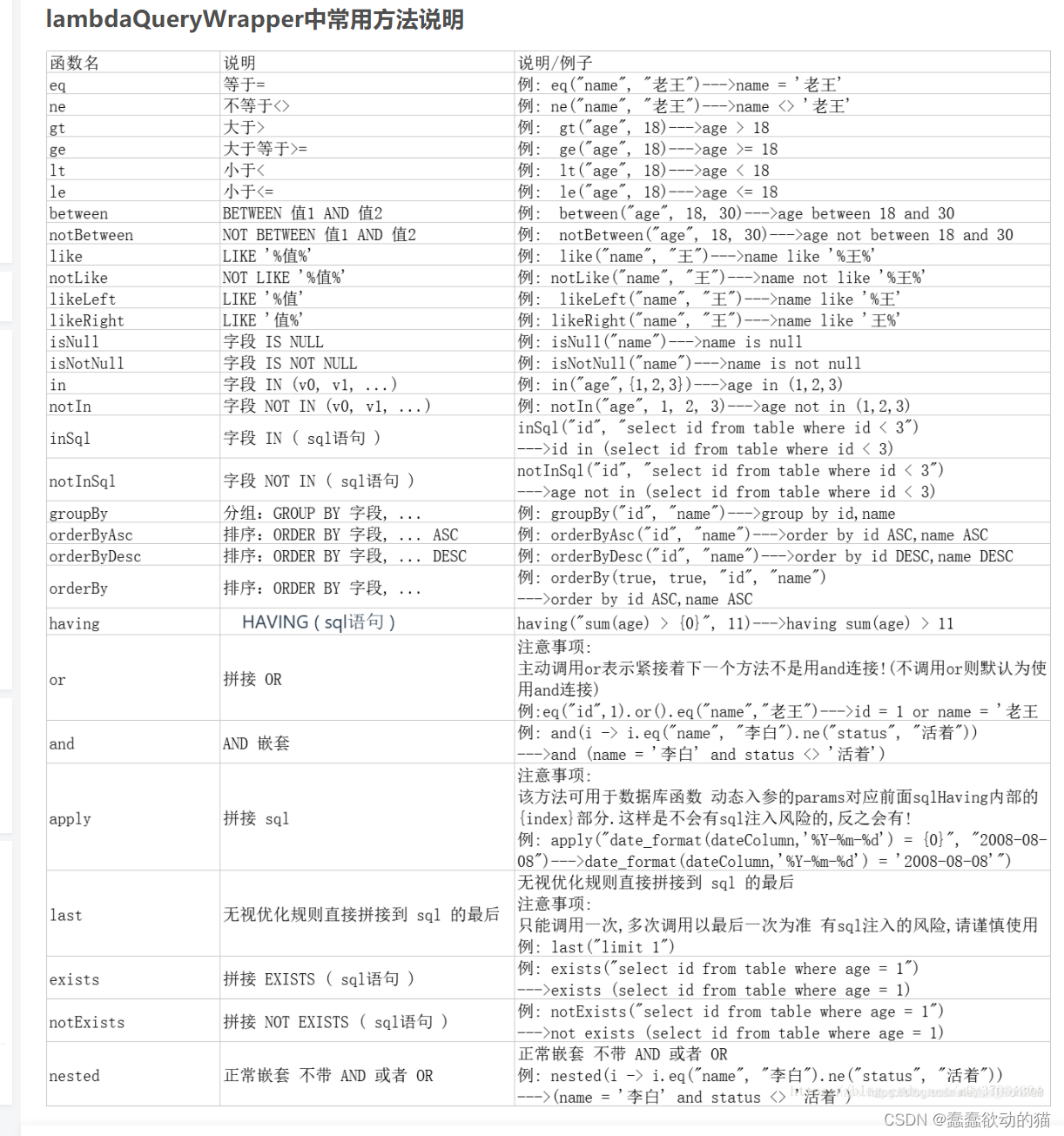
LambdaQueryWrapper用法
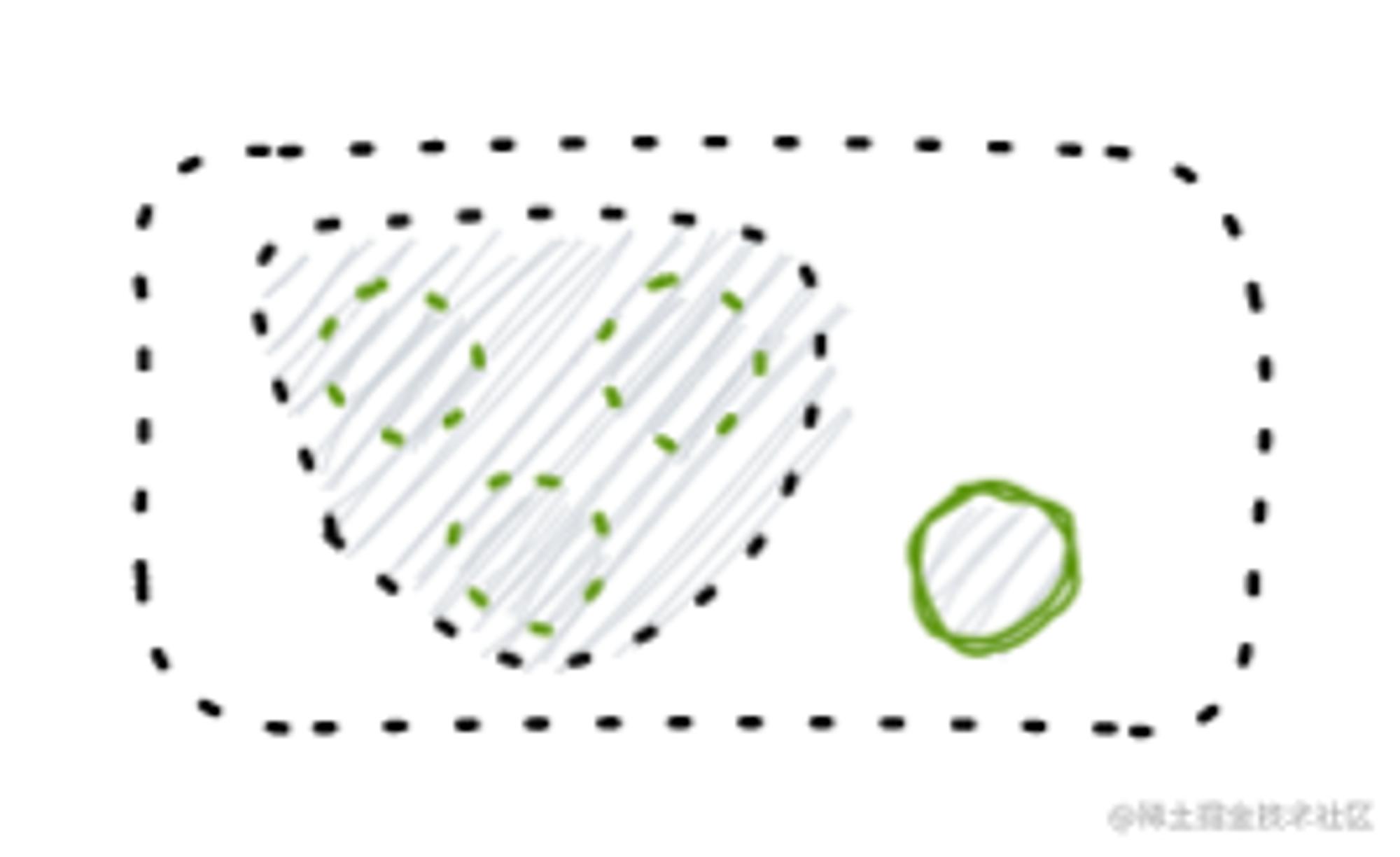
OMS系统实战的三两事

【C语言】符号的深度理解
![[ 每周译Go ] 《How to Code in Go》系列文章上线了!!](/img/bf/77253c87bfa1512f4b8d3d8f7ebe80.png)
[ 每周译Go ] 《How to Code in Go》系列文章上线了!!
![[leetcode] 17. Letter combination of telephone number](/img/be/7f456c092f7cda5ebabc2f1cce292e.png)
[leetcode] 17. Letter combination of telephone number
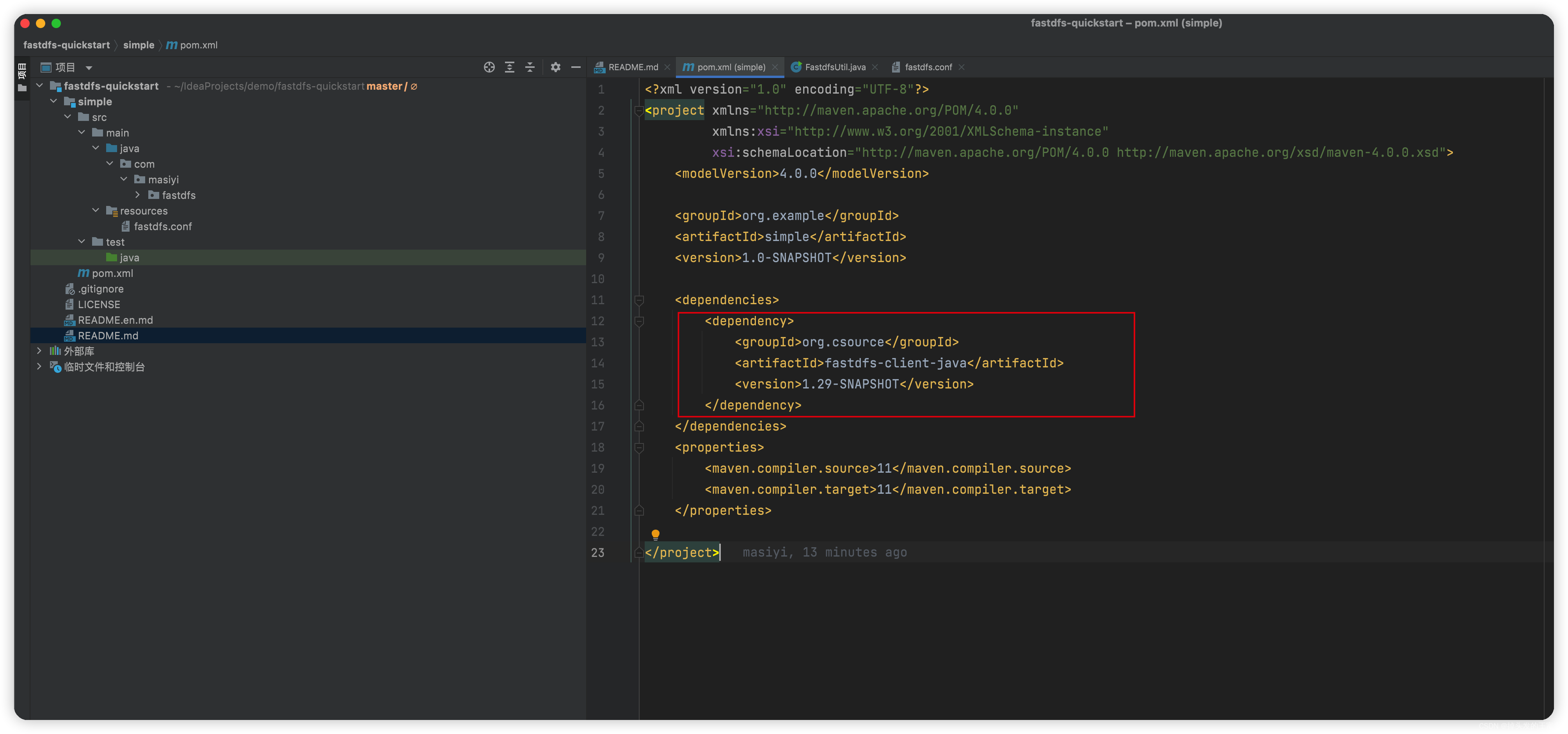
A quick start to fastdfs takes you three minutes to upload and download files to the ECS
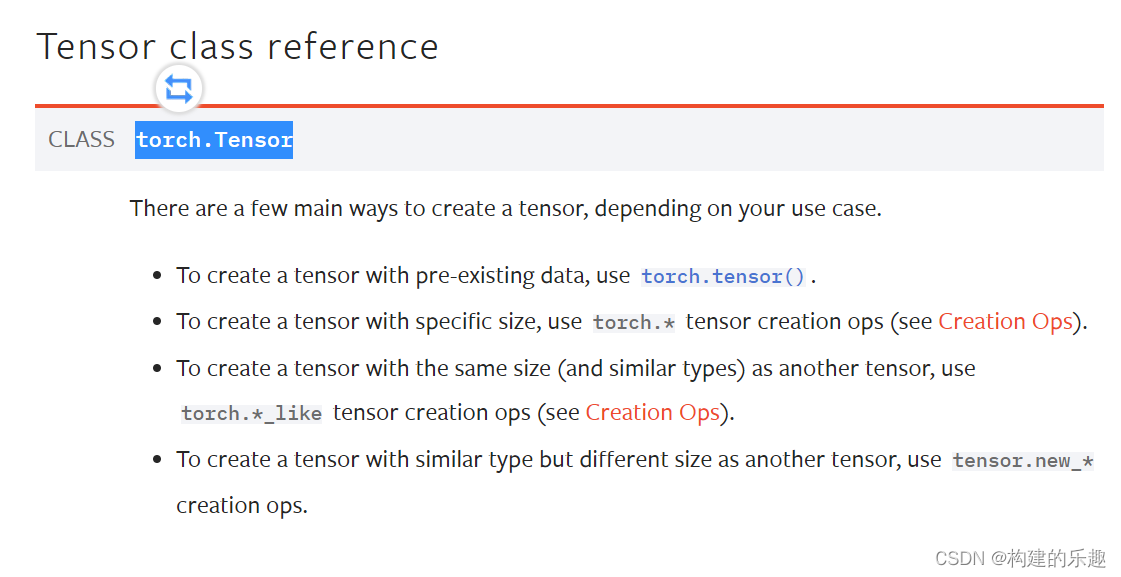
torch.tensor和torch.Tensor的区别
![Jerry's ad series MIDI function description [chapter]](/img/d7/348d85eb9f69ffd75612eeba56b16e.png)
Jerry's ad series MIDI function description [chapter]

【公开课预告】:视频质量评价基础与实践
随机推荐
Daily question-leetcode556-next larger element iii-string-double pointer-next_ permutation
Procurement in software development
Kubeadm初始化报错:[ERROR CRI]: container runtime is not running
Difference between ApplicationContext and beanfactory (MS)
迈动互联中标北京人寿保险
股票开户佣金最低多少,炒股开户佣金最低网上开户安全吗
Jerry added the process of turning off the touch module before turning it off [chapter]
redis管道
奋斗正当时,城链科技战略峰会广州站圆满召开
Detailed explanation of multi-mode input event distribution mechanism
吐槽 B 站收费,是怪它没钱么?
Arcgis 10.2.2 | arcgis license server无法启动的解决办法
华为ensp模拟器 三层交换机
杰理之增加进关机前把触摸模块关闭流程【篇】
Rotary transformer string judgment
【C語言】符號的深度理解
杰理之AD 系列 MIDI 功能说明【篇】
Flutter TextField示例
杰理之AD 系列 MIDI 功能说明【篇】
Numpy vstack and column_ stack